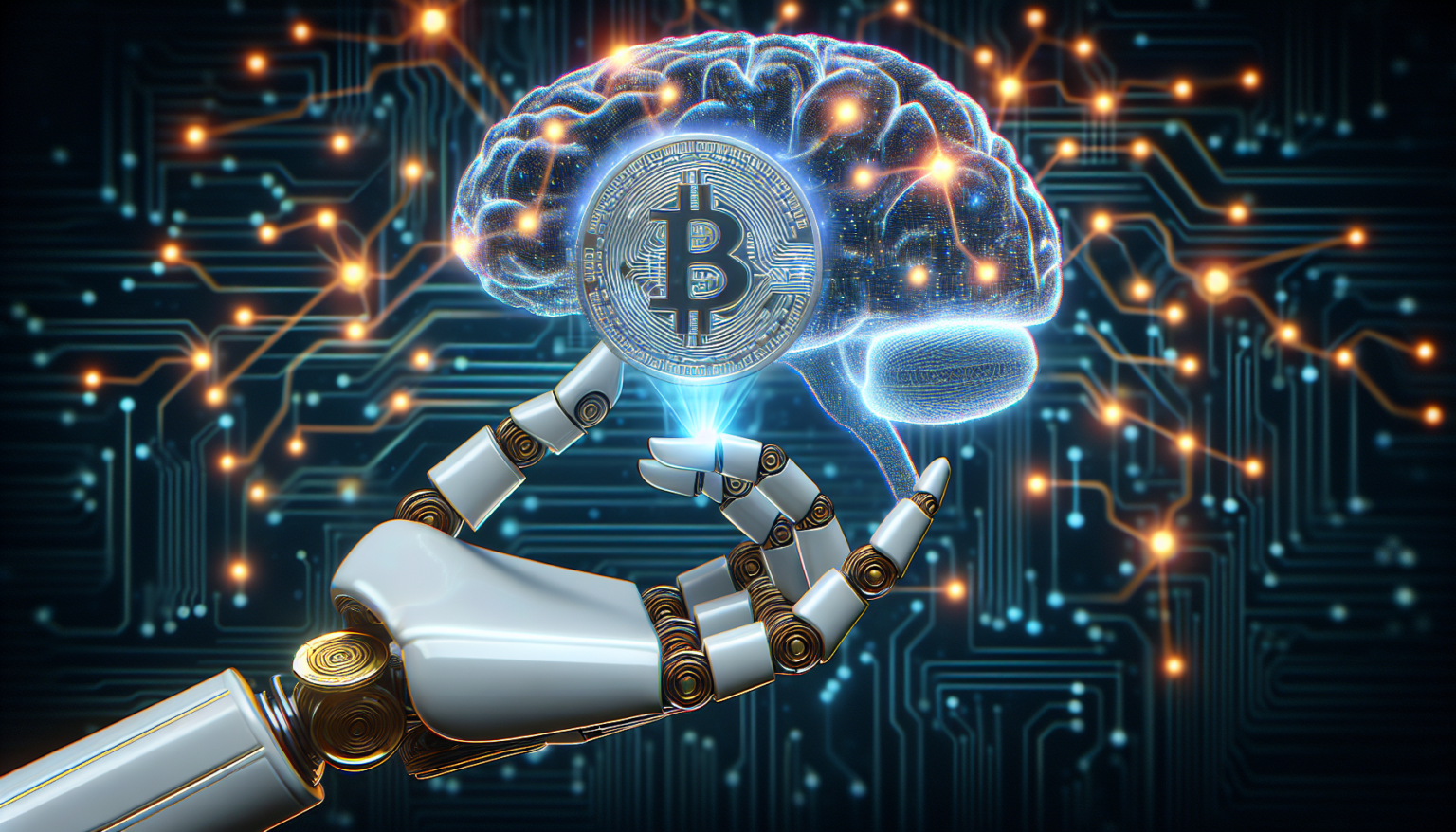Understanding Crypto Scalability Challenges
What is Scalability in Cryptocurrency?
Scalability refers to a blockchain’s capability to handle an increasing amount of transactions without sacrificing performance. As the adoption of cryptocurrencies grows, so do the demands placed on blockchain networks. When a network cannot process transactions quickly enough, it can lead to congestion, high fees, and prolonged confirmation times.
Current Limitations of Existing Solutions
Various traditional methods have been employed to address scalability. Solutions such as sharding, layer-two technologies, and protocol upgrades have made significant headway. However, many of these approaches come with their own set of limitations. For instance, layer-two solutions typically rely on additional infrastructure and may introduce complexities that deter their use. Similarly, sharding can lead to potential security vulnerabilities, making developers hesitant to adopt it.
The Role of AI in Enhancing Scalability
Artificial Intelligence (AI) offers innovative strategies to tackle the scalability problems faced by cryptocurrencies. By leveraging machine learning and data analysis, blockchain networks can optimize their operations in ways not previously possible.
Transaction Prediction and Management
Understanding User Behavior
One significant advantage of AI is its ability to analyze vast amounts of transactional data to predict user behavior. Machine learning algorithms can analyze transaction patterns to foresee surges in activity. This predictive capability allows networks to prepare for peaks in demand, reducing congestion before it occurs.
Dynamic Fee Adjustment
AI can also help implement dynamic fee structures based on real-time network activity. By understanding market conditions and transaction speeds, blockchain platforms can adjust transaction fees automatically. This leads to a more efficient market where users pay only what is necessary, thereby optimizing the experience for average users.
Optimizing Block Size and Throughput
Adaptive Block Size Management
Another area where AI shines is in the management of block sizes. Leveraging historical data, AI can determine optimal block sizes based on transaction volume trends. By dynamically adjusting block sizes, networks can achieve higher throughput while maintaining data integrity.
Throughput Analysis
AI can deploy advanced analytical techniques to continuously evaluate throughput rates. Utilizing real-time data, machine learning models can identify bottlenecks and provide actionable insights to developers for troubleshooting. This not only prevents slowdowns but also supports ongoing performance improvements.
Smart Algorithms for Transaction Validation
Machine Learning in Consensus Mechanisms
Consensus algorithms are fundamental to blockchain technology, ensuring that all transactions are verified and agreed upon by the network. Traditional methods often face latency and require significant computational resources. AI-driven consensus models can expedite the validation process.
Enhanced Validation Processes
By using AI, networks can implement smarter validation processes that learn from previous transactions. For instance, a machine learning model can identify which types of transactions are more likely to be fraudulent, allowing nodes to prioritize validations more effectively.
Auto-Adaptive Consensus
Additionally, AI can enable networks to adapt their consensus mechanisms based on real-time conditions. For instance, during periods of low activity, a network may choose a less resource-intensive consensus like Proof of Authority. During high activity, it may switch to more robust calculations ensuring security. This adaptability is essential for maximizing scalability without sacrificing security.
Integrating AI with Layer-Two Solutions
Enhancing Sidechains
Layer-two solutions such as sidechains allow for off-chain transactions, relieving congestion on main chains. Integrating AI can enhance these platforms by optimizing their operations and interactions with the main blockchain.
AI for Load Balancing
A practical application could be using AI to intelligently distribute transactions across various sidechains. By analyzing which sidechains are under or over-utilized, AI can balance the load more effectively. This will not only improve transaction speeds but also reduce fees associated with congested sidechains.
Real-Time Analytics on Sidechains
Furthermore, AI can provide real-time analytics and insights into sidechain performance. Users could receive alerts or suggestions on the best times to execute transactions based on network load. This would greatly enhance individual user experiences while increasing overall network efficiency.
Security and Trust in AI-Driven Scalability
Addressing Security Concerns
As blockchain networks continue to integrate AI, security remains a paramount concern. The complexity of machine learning models can introduce vulnerabilities if not managed correctly. However, AI can simultaneously help improve security through advanced anomaly detection.
Automated Threat Detection
By employing AI-based systems to monitor network activity, unusual patterns indicative of potential attacks can be detected early. Machine learning algorithms can flag these anomalies for human review, providing a critical layer of safety while reducing response times.
Smart Contracts and Security
AI can also enhance the security of smart contracts through automated audits. By analyzing the contracts to identify vulnerabilities, AI can help ensure they meet predefined security standards before deployment.
The Future of AI and Crypto Scalability
Interoperability Between AI and Blockchain
Future advancements are likely to focus on seamless interaction between AI systems and various blockchain platforms. The combination of these technologies can lead to unprecedented scalability solutions.
Building Collaborative Ecosystems
AI can facilitate collaboration between different blockchain networks, enabling them to share transactions securely without sacrificing scalability. This collaborative approach can lead to more holistic improvements across the entire blockchain ecosystem.
Regulatory Considerations
As AI technologies gain traction in the crypto space, regulatory bodies may need to adapt to this hybrid landscape. Rules governing AI applications in finance will play a pivotal role in defining the future of blockchain scalability.
Conclusion
Each of these innovative applications highlights just how vital AI technology has become in combating the scalability challenges that cryptocurrencies face. As the world shifts further into digital assets, embracing AI might be key to ensuring that these systems are responsive, efficient, and secure, paving the way for a more sustainable future in blockchain technology.
While there are still hurdles to clear, the symbiotic relationship between AI and cryptocurrencies presents a promising path forward, creating solutions that could revolutionize how we think about blockchain scalability. Through targeted analytical capabilities and automated processes, these AI-driven solutions offer a new frontier for the cryptocurrency landscape, one that champions efficiency, security, and user experience.








